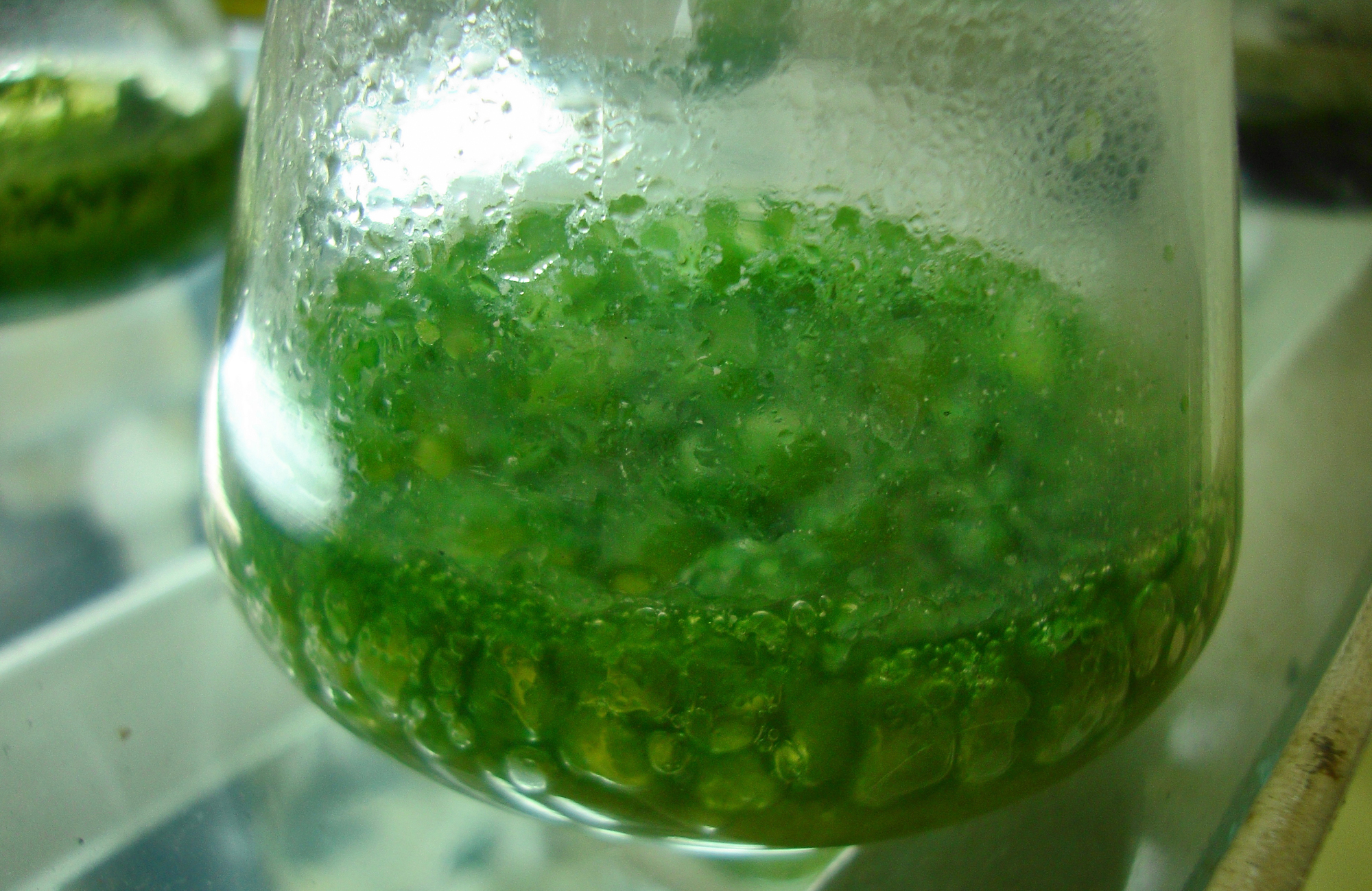Endosymbiosis
When two organisms interact in a symbiotic relationship, one can live inside the other. This is an extraordinary biological principle. Obviously the word ''organisms'' would be limited to micro-organsisms (including and especially bacteria) as it would be quite un-endosymbiotic (not a real word!) if a human engulfed another... On the other hand, endosymbiotic relationships without the need to engulf do occur in humans and mammals, but I'm gonna leave that to you to figure out. Email me an answer and the one who gets it right gets to decide a blog topic for me to write within the next few months. Exciting, ain't it? :)
What happens during endosymbiosis?
Let's take a unicellular eukaryotic cell (a single-celled animal cell). Now, if it decides to engulf (but not digest) a friend called cyanobacterium, then the structure inside the animal cell has now got two membranes around it. Obviously these would be the cell-surface membranes of the cyanobacterium and the animal cell.
 |
| Cyanobacteria. Scientists theorise that it was these little things that caused the near-extinction of oxygen-intolerant organisms. |
Chloroplasts evolved from these structures ages ago. That explains their double membranes (and mitochondria's double membranes too!). However this is just conjecture. According to the endosymbiotic theory, certain organelles started off as free-living bacteria that were engulfed by another cell as endosymbionts. Chloroplasts with two-membrane envelopes are primary plastids and are found in algae that have been here for millions of years. Land plants, have evolved from green chloroplast-containing algae.
 |
| A beautiful SEM micrograph of a mitochondrion. You can see the matrix very clearly here, a rare sight indeed. |
Membrane-o-philia
Some plastids like to have more than two membranes surrounding them. Scientists have concluded that this is likely due to multiple endosymbiotic events. If we take a green alga (the consequence of the example I showed you earlier) and make a eukaryotic cell engulf it, we achieve a complex plastid with four membranes. The nucleus of the eukaryote that JUST engulfed is the one that takes charge of the entire structure. What happens to the green agla's nucleus? Well, it becomes a nucleomorph!
A nucleomorph is a small reduced eukaryotic nucleus found in many (but not all) plastids.
Right, I'm going to go into some topics even more closely related to biochemistry (plastids MAY be slightly out of place here, but it's interesting nonetheless!). I'm going to delve into the world of biomolecules next week so stay tuned. As always, do email me your feedback at praveenprathapan28@gmail.com. See ya!
Exocytosis
No comments:
Post a Comment